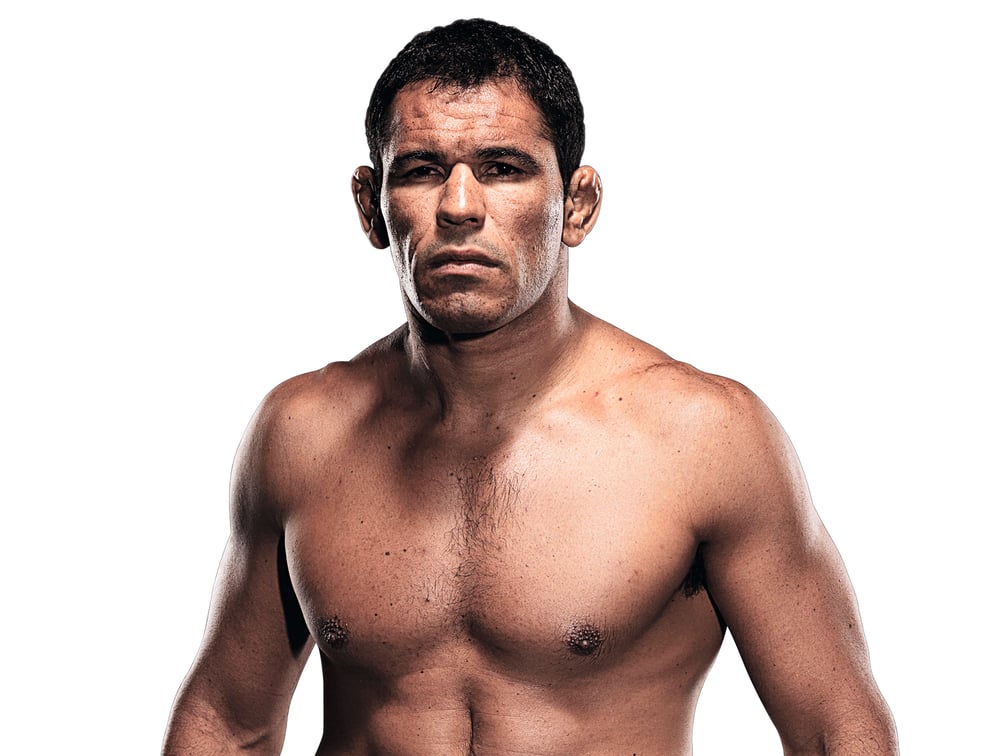
Issue 059
February 2010
Once a well-kept secret, the açai berry could soon be known throughout the world as the ‘fighter’s fruit’. Healthy, light, tasty and packed full of slow-release energy, it’s almost as though açai had been tailor-made for those who make their living on the mat or inside the Octagon.
Grown in Brazil (as well as Belize and other parts of South America), the delicate açai (pronounced ah-sigh-ee) berry has played a vital part in the diets of UFC fighters such as Lyoto Machida and Antonio Rodrigo Nogueira, as well as several world-class Brazilian jiu-jitsu practitioners.
The fruit’s impact on MMA can be traced back to the legendary Gracie family, who began incorporating açai into their diets as they searched for a healthy, high-energy food that could sustain them for entire training sessions. It’s said that Helio Gracie, the ‘father’ of Brazilian jiu-jitsu, was an açai enthusiast and recommended the fruit to all aspiring fighters.
Once known only to the native tribes of the Amazon, today açai is as common as milk in Brazil. Shoppers can find it readily available in all supermarkets, as a whole fruit, a powder or in liquid form.
Açai eventually found its way to the US, brought back by American surfers who, like jiu-jitsu practitioners, needed a light source of energy that could fuel them for an entire day. It wasn’t long before açai became a mainstay in BJJ schools throughout America. As BJJ grew in popularity, so did açai. Today one can find açai products just about anywhere that BJJ is popular, especially in the state of California.
Though still relatively unknown outside of Brazil, açai is slowly starting to gain popularity thanks to the efforts of açai importers such as Ronan O’Meara, who has been supplying fighters with the high-energy fruit for the last four years. For O’Meara’s customers, açai is a healthy and natural alternative to energy products.
“Most popular energy products derive their energy from sugars,” says O’Meara. “Sugar is known for giving a quick burst of energy. The problem with this is that sugar is burnt up very quickly and you’re left needing another boost. Açai is different – the energy you get from it is slow-release energy. It’s popular with everyone from surfers to partygoers – but it was jiu-jitsu fighters who recognized how the benefits of this amazing fruit could be used as part of their training diet.”

Among O’Meara’s customers is grappling phenomenon Roger Gracie, who started getting açai for personal use. Today he serves açai to all of his students at his academy as both a pre-training food and a post-training recovery tool. The fruit is served as a paste, with granola and banana, or as a smoothie.
“In Brazil, it is rarely made into a drink,” says O’Meara. “The popular way was to serve açai blended with guarana (another native fruit of Brazil) and a little banana into a really thick paste, the consistency of ice cream. You top that with sliced banana and some crunchy granola. This makes the ideal light meal. A bowl of açai eaten two hours before working out will release energy in a slow, sustained manner. It will give you energy for an entire training session.”
After some high-profile endorsement from the likes of Oprah Winfrey, açai looks poised to become the next health-food craze among the masses. Wanting to get a piece of the action, many stores began stocking shelves with açai drinks. O’Meara warns buyers to beware of these. As tempting as they may seem, the simple truth is that not all açai products were created equal.
“When I first started importing açai, in 2003, nobody knew what it was,” says O’Meara. “Now, every large supermarket has an ‘açai drink’. However, a quick scan of the ingredients reveals that they often contain about 4% açai. The real way to get açai is to get it like they do all over Brazil – as a frozen pulp. It’s the only way the delicate berry can survive the trip.”
Besides being a great training food, açai has a long list of reported health benefits, from lowering cholesterol to weight loss and preventing parasites. The delicious fruit isn’t just for fighters, it has also found its way to the plates of a number of US celebrities, who credit açai as being an effective weight-loss tool.
Although some fighters have been known to go on açai diets while weight cutting, the majority of açai users have simply incorporated the fruit into their pre-training meals.
“It’s really healthy, and you don’t get full,” says Roger Gracie Academy trainer Lucio Rodrigues. “Healthy, light, a lot of energy and quick to digest. Imagine ice cream, but without the bad fat.” Roger Gracie protégé Daniel Agard, the current IBJJF European juvenile champion, says it satisfies desires that would otherwise be met by bad food. “It’s a good replacement for junk food,” says Agard, “since I get cravings so often.”
As MMA continues to grow, so will all the various industries connected to the sport, energy foods like açai included. Though synthetic energy-products will undoubtedly continue to be popular, more and more fighters are turning to natural products in an attempt to improve their diets and, by doing so, their conditioning. Fighters in Brazil, America and Europe all say the same thing – once you start eating açai, you can’t train without it. “What I find amusing about açai is how addictive it is,” says Agard. “It’s just like jiu-jitsu in that way. The two of them really go hand-in-hand.”
...










